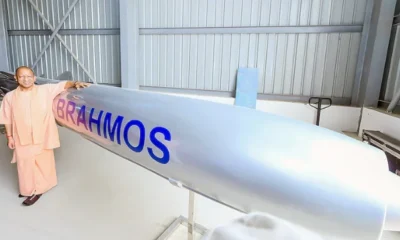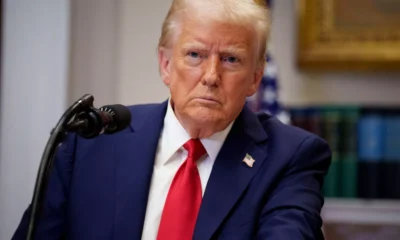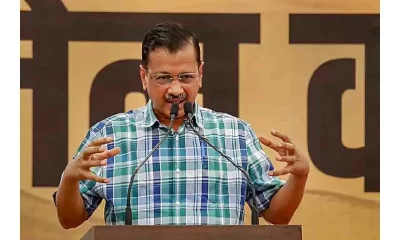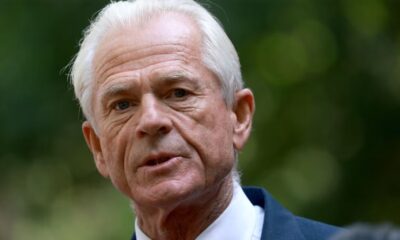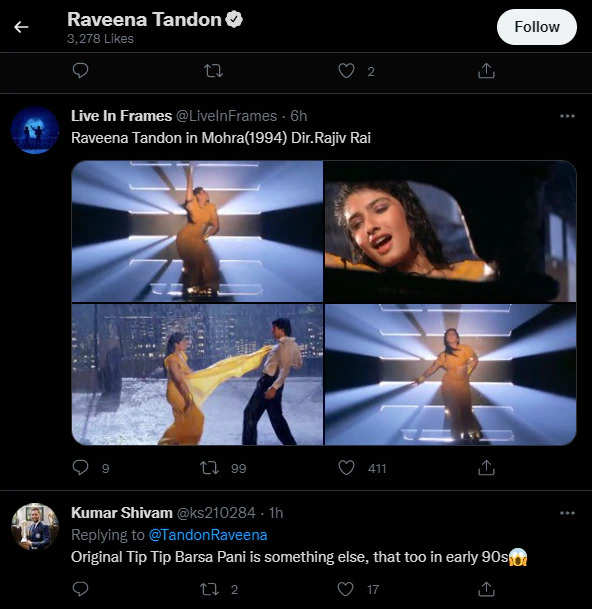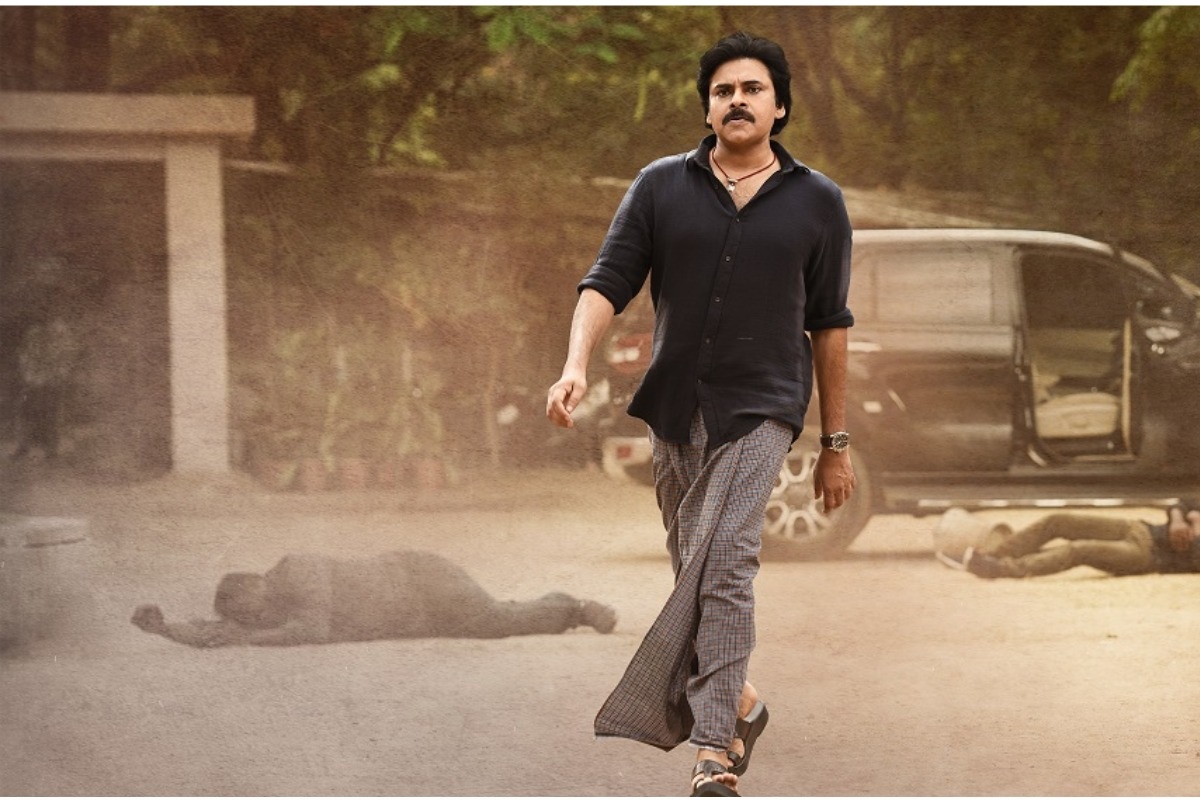[vc_row][vc_column][vc_column_text]Modi, Trump and other nation-first leaders are not natural allies
By Parsa Venkateshwar Rao Jr
There is no avoiding the comparison between Prime Minister Narendra Modi and US President Donald Trump. For the ardent anti-right advocates, the two represent the evils of authoritarian nationalism and majoritarian bias. The critics are so consumed by righteous indignation that they fail to recognise that no two nationalist-minded right-wingers can be friends in principle because the national interest of each collides with the other. If Trump is insistent that American manufacturers have to return home and create jobs for fellow-Americans, Modi wants American manufacturers to set up facilities in India and create jobs for Indians. This is the basic conflict of interests between two right-wingers. It is possible, and it is the case, that Modi and Trump, as well as other right-wing leaders like Russian President Vladimir Putin, Japanese Prime Minister Shinzo Abe and Chinese President Xi Jinping, will have to strike compromises with each other. What might facilitate the compromises and climb-downs from their respective rhetorical positions would be the different needs and capacities of the economies of these countries. It will however be a tough task, and confrontations and stalemates will be the order of the day.
There might not be any clash of economic interests between India and the US if Trump manages to revive the American auto industry. But this looks economically unfeasible because America-made cars would cost Americans and the rest of the world more than the Japan- and South Korea-made ones, but there will be pinpricks to both sides on other issues. Creating a few thousand jobs and losing the market of millions of car-buyers would not make economic sense, whatever may be the sense of nationalist pride it might generate. Trump may have to yield to the economic logic in the auto industry.
Modi, on the other hand, is at a disadvantage with regard to his Make In India similar to Trump’s discomfiture with his Make In America programme, but for different reasons. First, he has to create a skilled industrial work force which is absent in India. There is a burgeoning work force, but not rightly skilled. The skilling of India, which is one of Modi’s economic theme-songs, will not yield instant results. The infrastructure in the country is quite undeveloped and there is not much incentive for manufacturers from industrialised economies to move to India either now or later.
On the other hand, the Indian information technology (IT) sector may have to move to the US and employ more Americans to stay in the game because the demand for IT services is greater in the advanced American economy than in the emerging Indian economy. Market logic would demand that Indian IT majors should shift to the US, and the American auto majors should try their luck by shifting to India. The attempt of the American automakers to move to east European countries after the fall of the communist governments in those countries ended in failure, if not disaster.
But the key area where there would be a clash of economic interest between Trump’s America and Modi’s India would be in the field of defence manufacture. Modi is keen, and even insistent, that foreign arms manufacturers, should set up shop in India and there has to be an element of transfer of technology. It is indeed a tricky and prickly issue. The unstated thesis in the Make In India doctrine in the field of arms manufacture is that India should become a hub of arms exports. If you make arms for your own use, then it does not help in generating growth. Americans and others would want to weigh their economic and strategic options, and economic will outweigh the strategic concerns, and India may have to find other ways of becoming part of the arms manufacture sector. It will need technological breakthroughs to achieve leadership status in the field. The Indian mindset that cheaper costs would be a sufficient advantage cannot be a selling-point. The boast of the Indian space scientists that they manage satellite launches at a fraction of the global costs is lame at best because India has no technological breakthroughs to boast of and it is not yet a leader in the space science field.
If Trump is keen to withdraw US involvement in the different strategic theatres of the world, the American arms industry will likely shrink. But if the American arms merchants can convince Trump that American strategic involvement in the affairs of the world, which implies American military presence including supply of arms, is necessary to keep the engines of the American economy running, then Trump would have to abandon his America-for-itself, or America-in-itself, proposition. And it would be difficult for India to attract global arms manufacturers.
Ever since the 1991 economic liberalisation, the desire of some, and the apprehension of others, has been that India will be reduced to the status of a junior partner in the US-led global alliance. Former prime minister Manmohan Singh was keen about the American alliance and he understood the implied significance of the India-US civilian nuclear deal of 2005 as one of placing India in the American military orbit. Singh perceived strategic and economic advantages for India in being a member of the Western club. But Modi’s nationalist rhetoric does not allow him to see the practical advantages of India quietly seizing opportunities without much ado. China is doing so with silent determination.
Modi and Trump would have to tone down their political rhetoric about making their respective countries great in the world. At an inspirational level, it might be harmless pep-talk. As a matter of fact, the nationalist rhetoric is used as an “opium for the masses”, by these leaders. In the real world, the bid to make one’s nation greater than the other can only lead to conflict, more importantly in terms of gaining global market share. Right-wing leaders with nationalist fervour might sound like each other, but sooner than later they come up against each other. [/vc_column_text][/vc_column][/vc_row]


 Latest world news13 hours ago
Latest world news13 hours ago
 India News18 hours ago
India News18 hours ago
 India News17 hours ago
India News17 hours ago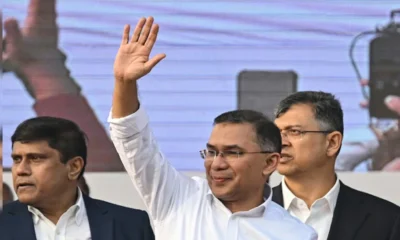
 Latest world news10 hours ago
Latest world news10 hours ago
 India News17 hours ago
India News17 hours ago
 India News17 hours ago
India News17 hours ago


